In the title role of the film classic Patton, actor George C. Scott utters words to the effect that fixed fortifications are monuments to the stupidity of man. The German Siegfried Line was overgrown and cows purportedly grazed among its pillboxes and tank traps. By the time the eastward-advancing Allies reached the German fortifications, indeed they offered little resistance.
The previous spring, the most ambitious land, sea, and air campaign in military history was undertaken—initially against another series of seemingly impregnable Nazi strongpoints. This was Hitler’s Atlantic Wall, constructed by German workers and slave labor over a period of years. Its purpose was to make Fortress Europe, the fruits of Nazi conquest, safe from any invasion.
History recounts the events of June 6, 1944, and the weeks that followed, as a great triumph for the Allies. As a matter of fact, the Atlantic Wall, which stretched hundreds of miles from the Spanish frontier to Norway, was breached at several points—in a single day!
Outflanked by military maneuver, out-fought by a concentration of forces at a single location, bombed, shelled, and smothered by attackers, the fixed fortification may well have become an anachronism with the advent of modern, mobile warfare in the 20th century.
Although their failures are perhaps better known, static defenses did have their moments during World War II. The Germans exacted a heavy toll in casualties and equipment while repulsing Canadian troops and a small contingent of U.S. Army Rangers during Operation Jubilee, a raid against the French coastal town of Dieppe in 1942.
In the rugged mountains of Italy, German troops took full advantage of the terrain and stalemated the Allied advance up the “Boot” on several occasions. The most savagely contested defensive stands were made at the Gustav Line between Naples and Rome and the Winter Line above the course of the Arno River in the north.
It was the ill-fated Operation Shingle, the Allied landing at Anzio, that was intended to outflank the Gustav Line and capture Rome, that proved to be one of the costliest maneuvers of World War II. Instead of advancing rapidly on Rome, the attack lost momentum and casualties mounted during months of bitter fighting. Eventually evacuated, the Gustav Line did prove its worth.
In this issue, we explore three instances in which fixed fortifications were less than successful. The Maginot Line was a marvel of modern technology, capable of sustaining its garrison for lengthy periods without resupply. For a variety of reasons, however, its French fathers left the back door open through Belgium and the Ardennes Forest. When German troops seized the initiative and attacked on May 10, 1940, several of the Maginot strongpoints were defended bravely, but the majority of the attackers avoided direct assault and outflanked the defensive line.
The German assault on the Belgian fortress of Eben Emael was a testament to the capabilities of a small, highly motivated and well-trained force. In a truly remarkable feat, glider troops subdued Eben Emael with superb planning and execution, as well as the employment of potent hollow charge explosives.
Japanese defenders and Korean laborers had hardened the Pacific island of Tarawa into a menacing adversary bristling with pillboxes, bunkers, machine-gun nests, and artillery emplacements. It took point-blank fire from American tanks, satchel charges placed by intrepid Marines, and fire from flamethrowers to root out the entrenched enemy.
At best, fixed fortifications were able to forestall the inevitable. At their worst, they proved to be of little or no real value. While they may have become somewhat obsolescent by World War II, the bravery and élan with which these fixed fortifications were captured remain valuable commodities today.
On another note, I am pleased to be associated with WWII History and to serve as its editor. In these pages, readers will be entertained and informed by knowledgeable and talented authors. We welcome your comments and suggestions.
Michael E. Haskew
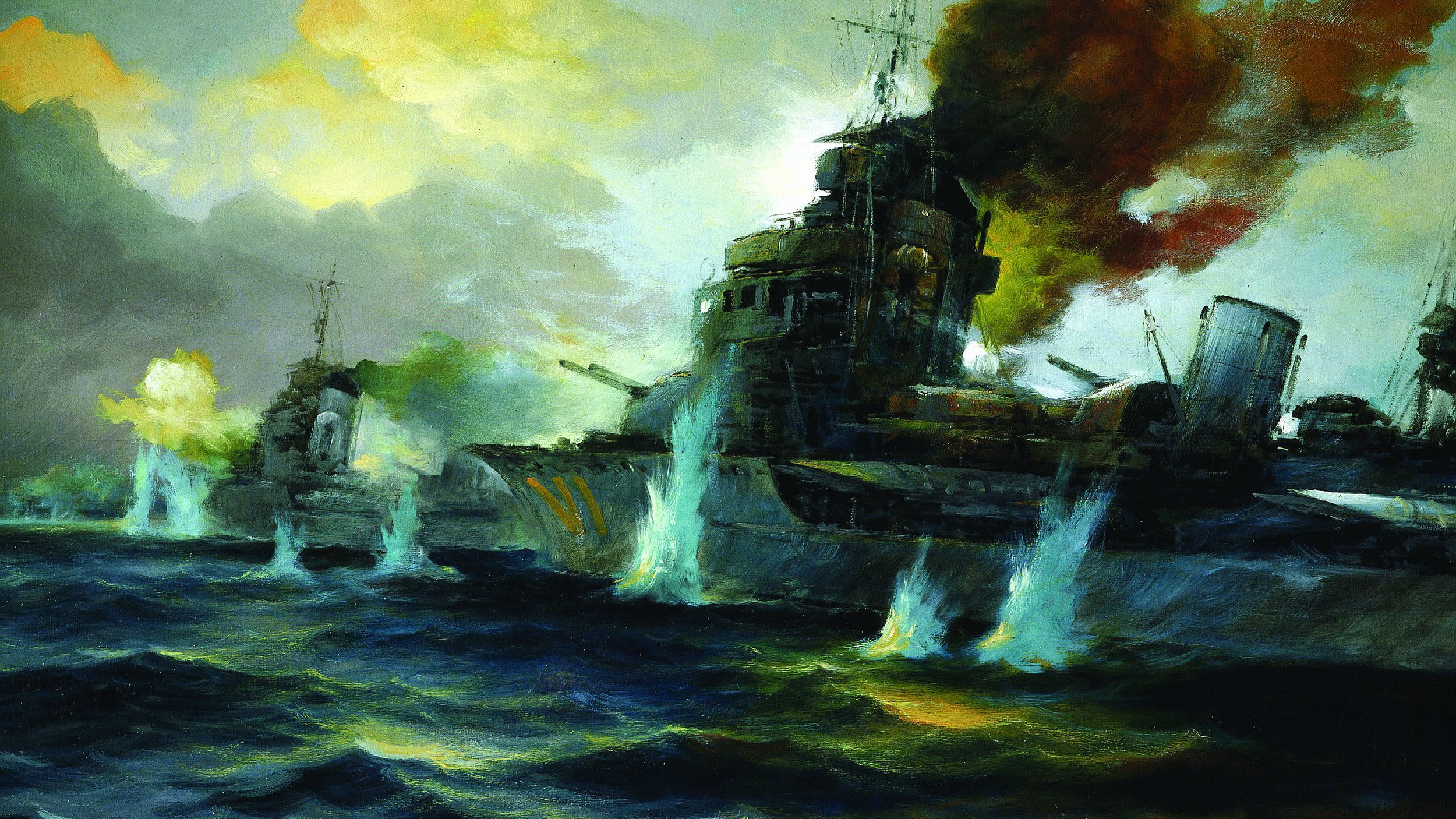
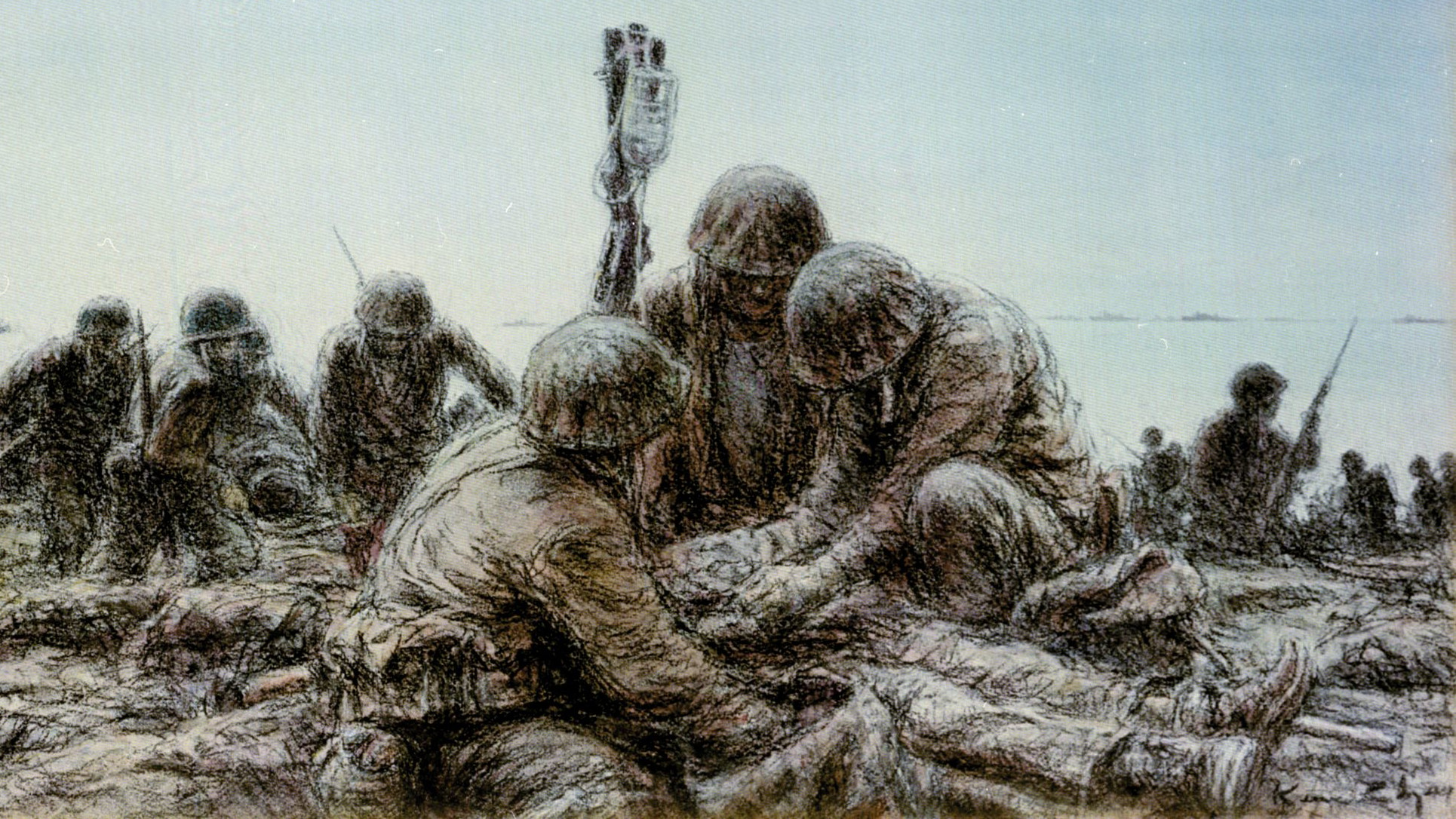
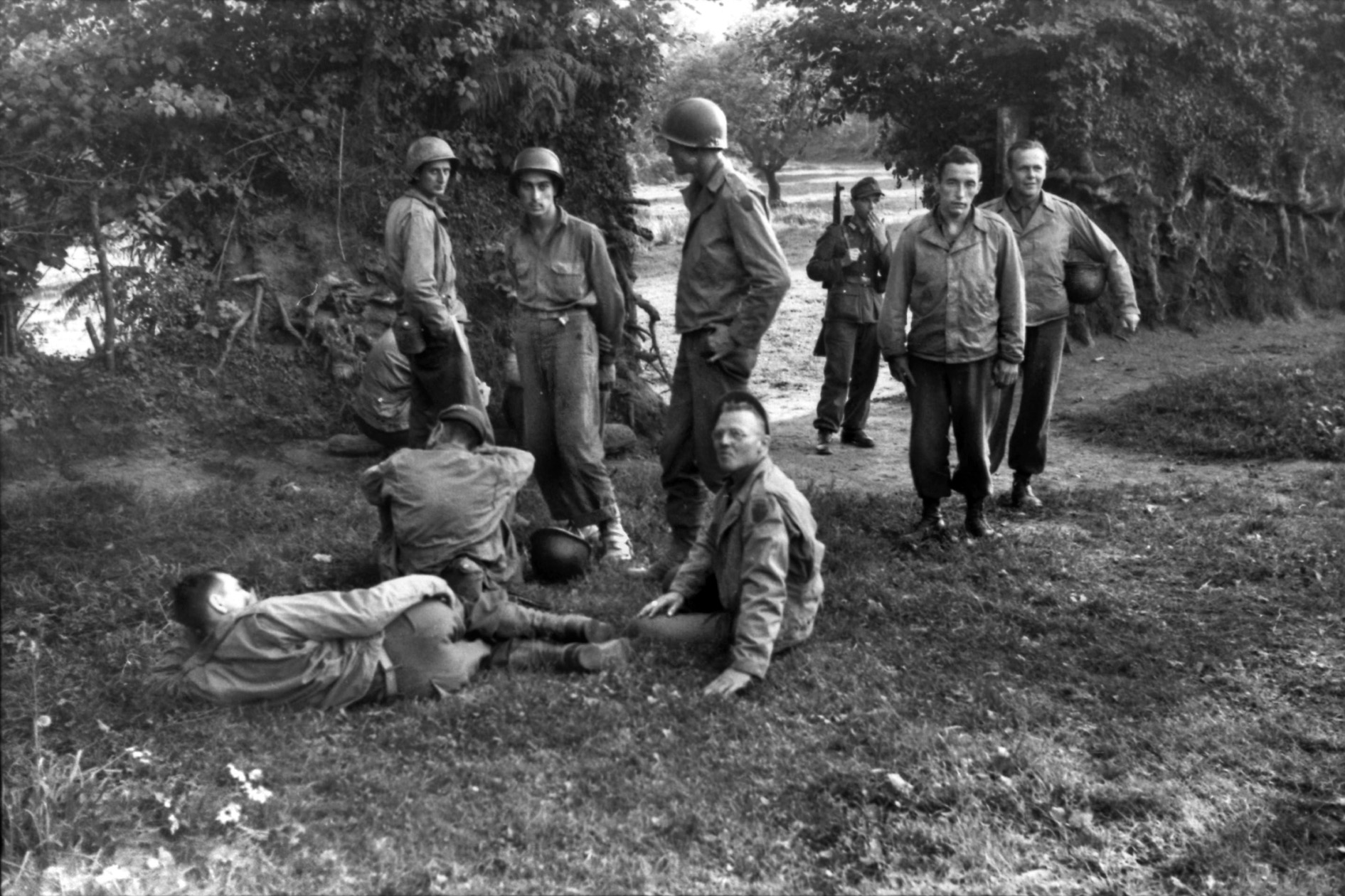
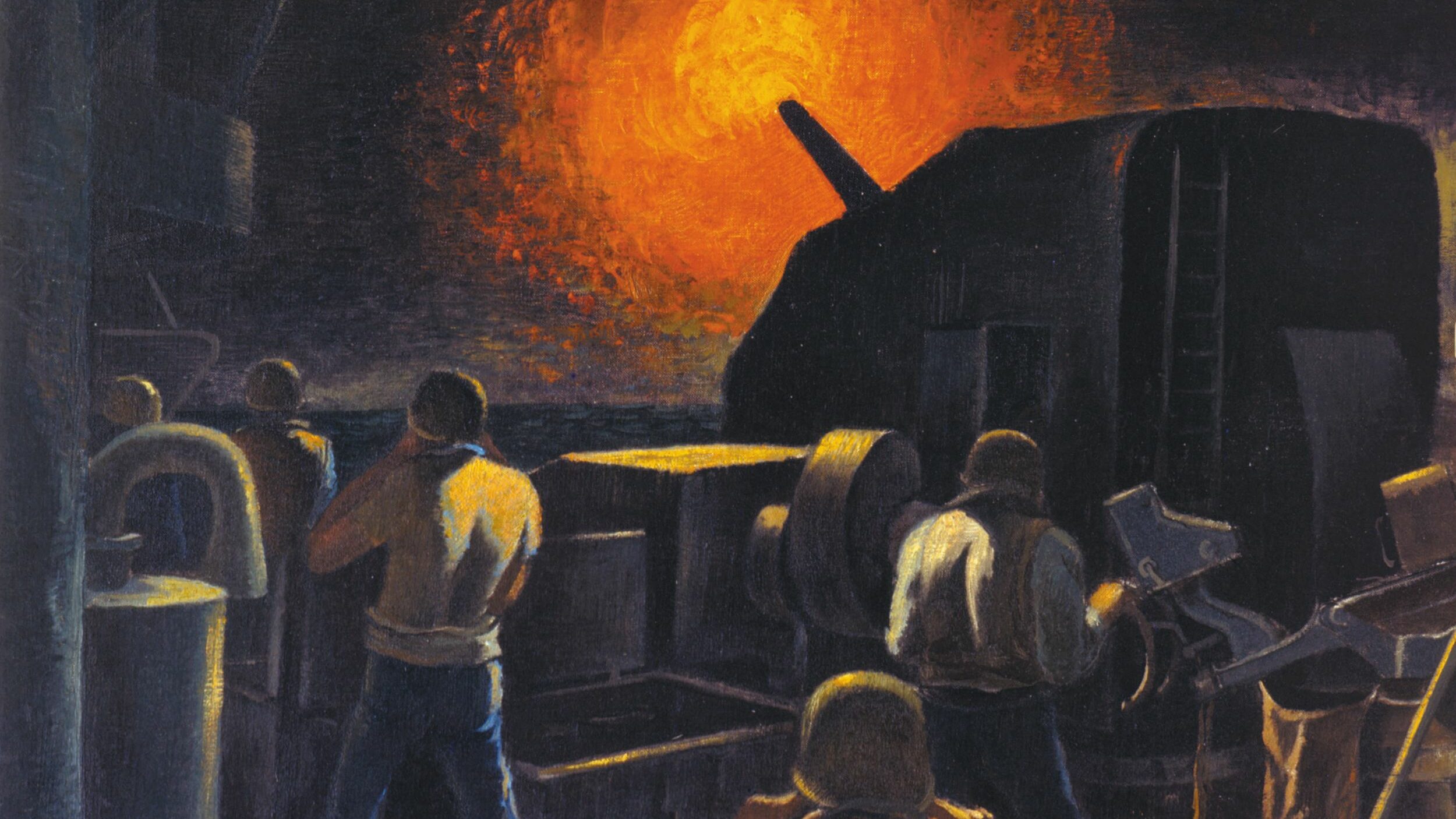
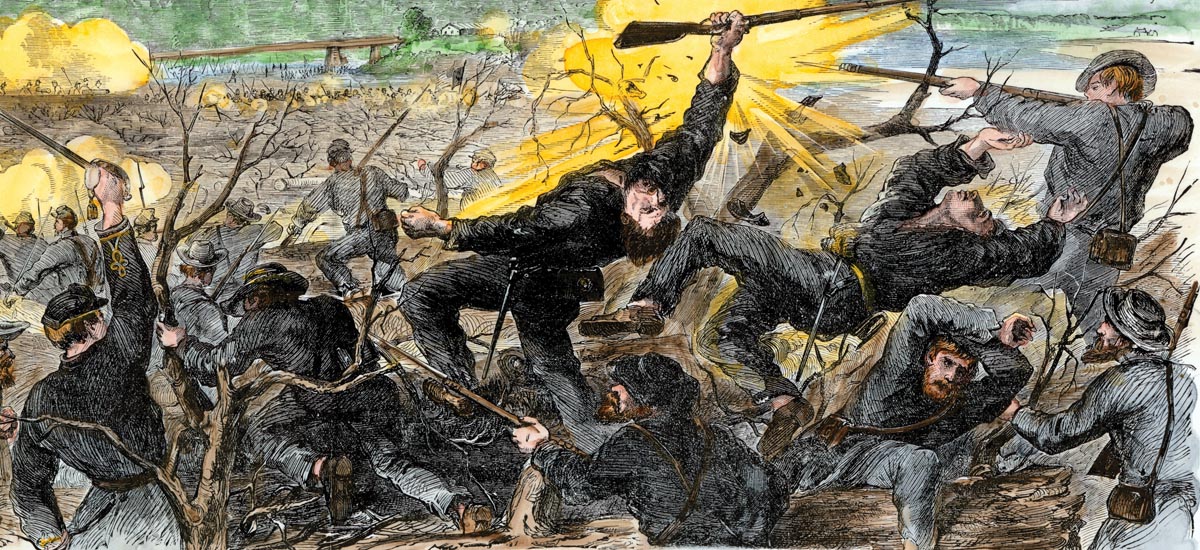
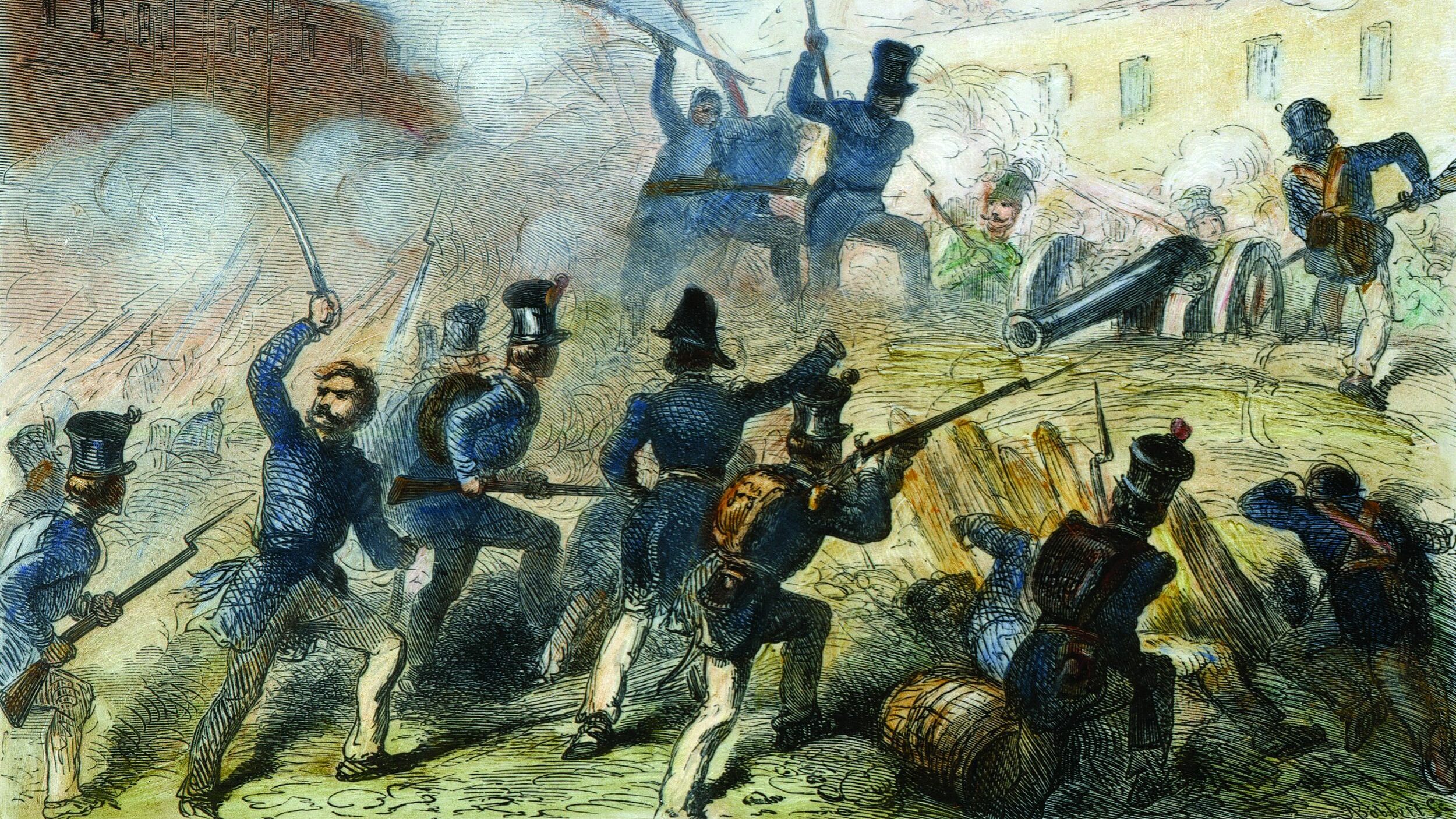
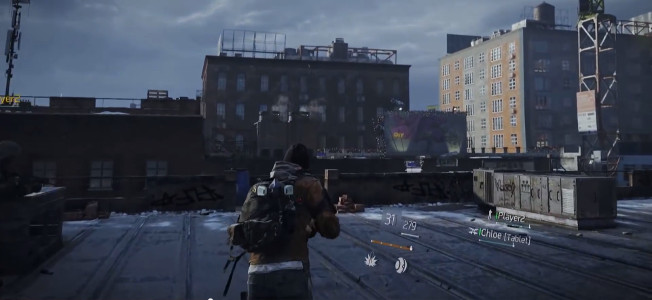

Join The Conversation
Comments
View All Comments